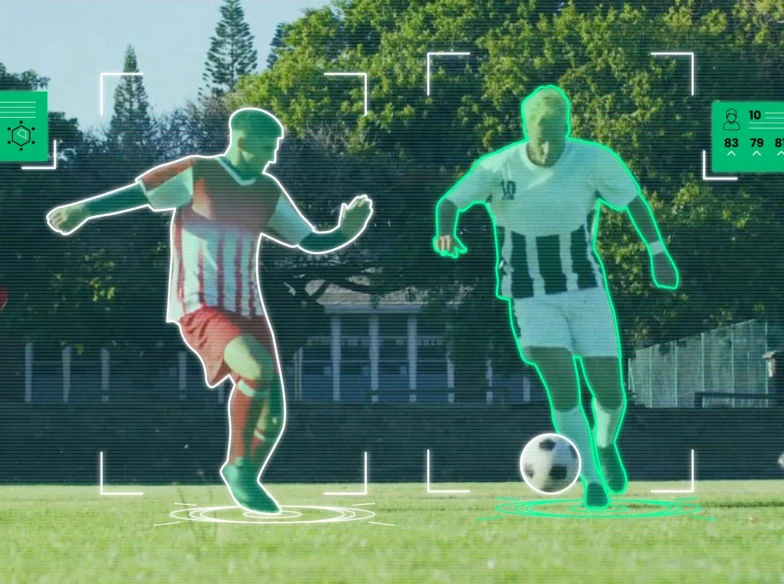Contents
3 min read
TED The Black Sea
About: Sea depth bears many secrets. And it seems that the Black Sea is one of the best in regards to keep its mysteries intact. The key goal of our video was to contribute to amazing story that unveils through centuries.
Video details & Credits:
- Duration: 4 mins 30 seconds;
- Format: 2d graphics with character animation;
- Type: Animated Explainer Video;
- Client: TED-Ed Animation (USA);
- Production: Darvideo Animation Studio | darvideo.tv;
- Timing: 16 weeks.
Story: Why are there so many shipwrecks in the Black Sea? It’s midnight on September 16th, 2017, 60 kilometers off the Bulgarian coast and 2 kilometers beneath the Black Sea’s surface. A remotely operated vehicle surveys the seabed, transmitting video to researchers above as it goes. Suddenly, it discerns another ghostly vessel in the gloom. But this is a relic from another age. It’s an undoubtedly ancient shipwreck, but its mast, rowing benches, and some of its upper deck remain eerily intact. It might be an ancient Roman ship, but its appearance doesn’t quite match. Notably, its splayed rudder blade more closely resembles those depicted on an even older Greek vase. To get a definitive answer, the research team takes three samples from the wreck and radiocarbon dating confirms its ancient origins.
The ship is dated to between 350 and 410 BCE. It is, in fact, the oldest intact shipwreck ever found. This ancient Greek vessel traversed the Black Sea’s coasts during the time of Aristotle and has since rested in its depths, unseen and undisturbed, for almost 2,500 years. This was just one of sixty-five shipwrecks a research team discovered at the bottom of the Black Sea between 2015 and 2017. Others date from the Roman, Byzantine, and Ottoman empires. And despite the centuries, they’ve all survived in remarkable condition. So, why does the Black Sea contain so many well-preserved shipwrecks? In prehistoric times, the land surrounding the Black Sea hosted early human settlements. Eventually, it became a hub for trade, battle, and empire-building because of its strategic position between Eastern and Western Eurasian civilizations.
For thousands of years, it was traversed by merchants, pirates, and warriors. And with sustained seafaring activity came inevitable losses. But, unlike other bodies of water in the region, the Black Sea is a particularly deep semi-enclosed basin. Seasonal changes usually cause the layers within a contained body of water to mix together, oxygenating the water. But because the Black Sea is fed with fresh water from European rivers and saltwater from the Mediterranean Sea, it contains two distinct layers. The denser saltwater flows beneath the freshwater, where it remains permanently, making the Black Sea the world’s largest meromictic or un-mixing basin. Oxygen doesn’t reach its lower, saltier zone, which creates the ideal environment for preservation and is why the Black Sea has been called “the world’s biggest pickle jar.”
In other bodies of water, marine organisms decompose materials over time. Had the ancient Greek ship sunk in the Mediterranean, for example, there would likely be no organic material left today. But in the depths of the Black Sea, only anaerobic bacteria those that don’t require oxygen can survive. This is why ancient ships can still be found carrying their original cargo, with carvings in their wood, and their rigging still assembled. Among the recent findings was a medieval Italian merchant ship, likely from around the time Italy had a virtual monopoly over Black Sea trade. Venetian traveler Marco Polo would’ve probably been familiar with this kind of ship.
Although vessels like this one helped to modernize Europe, contemporary scholars had never before seen such a complete example. And it was largely intact a ship’s boat still lying on its deck, even though some seven centuries had passed.
























